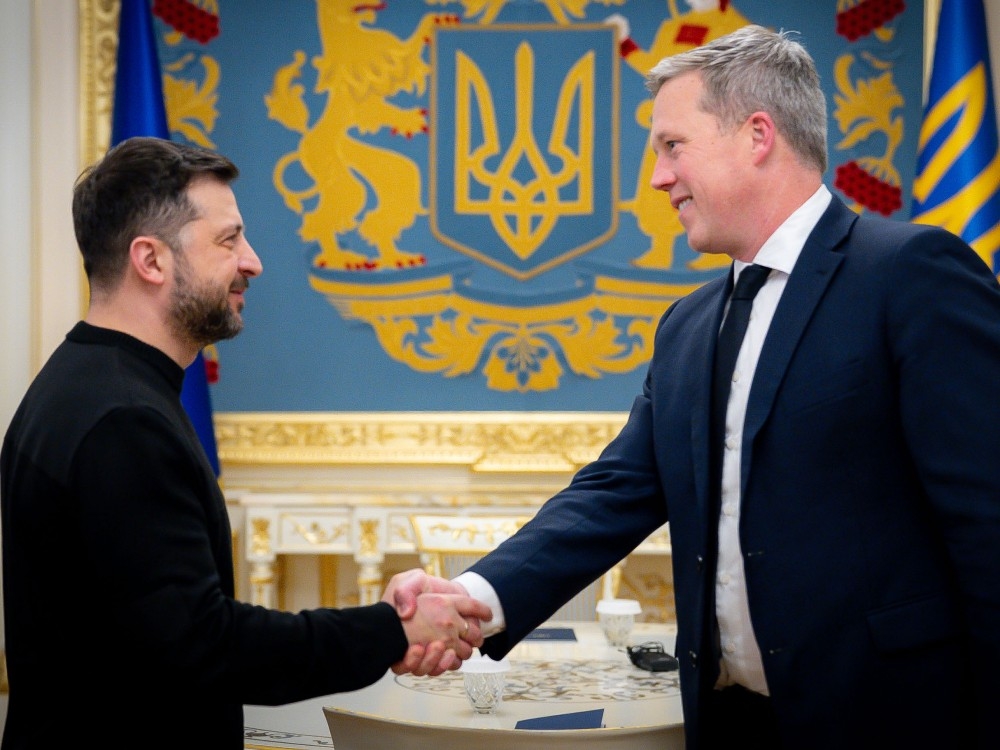A startling proposal for ending the war in Ukraine has surfaced, outlining a path that would concede territory to Russia and significantly curtail Ukraine’s military strength. The draft, stemming from negotiations between Washington and Moscow, appears heavily tilted in Russia’s favor, raising serious questions about its viability and potential repercussions.
The core of the plan involves Russia retaining control of the eastern Donbas region, despite Ukraine currently holding approximately 14% of that territory. Ukraine’s armed forces, currently numbering around 880,000 troops, would be drastically reduced to 600,000. This proposed demilitarization, coupled with territorial concessions, presents a stark contrast to the unwavering stance of Ukrainian President Volodymyr Zelenskyy, who has consistently rejected any surrender of land.
Beyond territorial adjustments, the proposal includes barring Ukraine from ever joining NATO and preventing any future expansion of the alliance – a major win for Moscow, which views NATO’s eastward growth as a direct threat. Furthermore, it contemplates lifting sanctions on Russia and reinstating its membership in the Group of Eight, the forum of leading world economies from which it was suspended in 2014 following the annexation of Crimea.

The emergence of this plan has ignited a complex diplomatic dance. U.S. officials reveal that a draft was presented to Zelenskyy after receiving initial agreement from a top advisor, Rustem Umerov, following modifications. U.S. Army Secretary Dan Driscoll recently discussed the proposal with Zelenskyy in Kyiv, who responded with a statement emphasizing readiness for “constructive, honest and swift work” without directly addressing the plan’s specifics.
However, resistance is brewing. European leaders are reportedly alarmed, fearing the plan would reward Russian aggression and embolden President Putin. Concerns are mounting that the U.S. administration is sidelining both Ukraine and its European allies in its pursuit of a resolution. One European Union official bluntly stated that the draft appears overly favorable to Moscow, noting a lack of reciprocal concessions from Russia.
Ukraine itself has drawn firm lines. Speaking at the United Nations, a Ukrainian deputy ambassador declared that no Ukrainian territory would ever be recognized as Russian, and that Ukraine would not accept limitations on its self-defense capabilities or its right to choose its own alliances. “Our land is not for sale,” she asserted.
The proposal also envisions a “Peace Council” overseen by the U.S. President, mirroring a similar concept from a previous peace plan aimed at resolving the conflict between Israel and Hamas. Should either side violate the agreed-upon truce, sanctions would be reimposed. Russia would also be permitted to retain half of the power generated by the Zaporizhzhia nuclear power plant, currently under its control.
The plan’s unveiling has triggered immediate backlash from some within the U.S. political sphere. One U.S. Representative likened the proposal to the 1938 Munich Agreement, a diplomatic attempt to appease Nazi Germany that is widely seen as a failure. Meanwhile, a key U.S. envoy to Ukraine is preparing to depart his post in January, signaling a potential shift in the diplomatic landscape.
Quiet negotiations have been underway for weeks, involving U.S. Secretary of State and a close advisor to President Putin, aiming to identify mutually acceptable terms. But as details of the draft become public, the pressure is mounting for wider consultations and a more balanced approach that respects Ukraine’s sovereignty and security interests. The path to peace remains fraught with challenges, and the future of Ukraine hangs in the balance.



